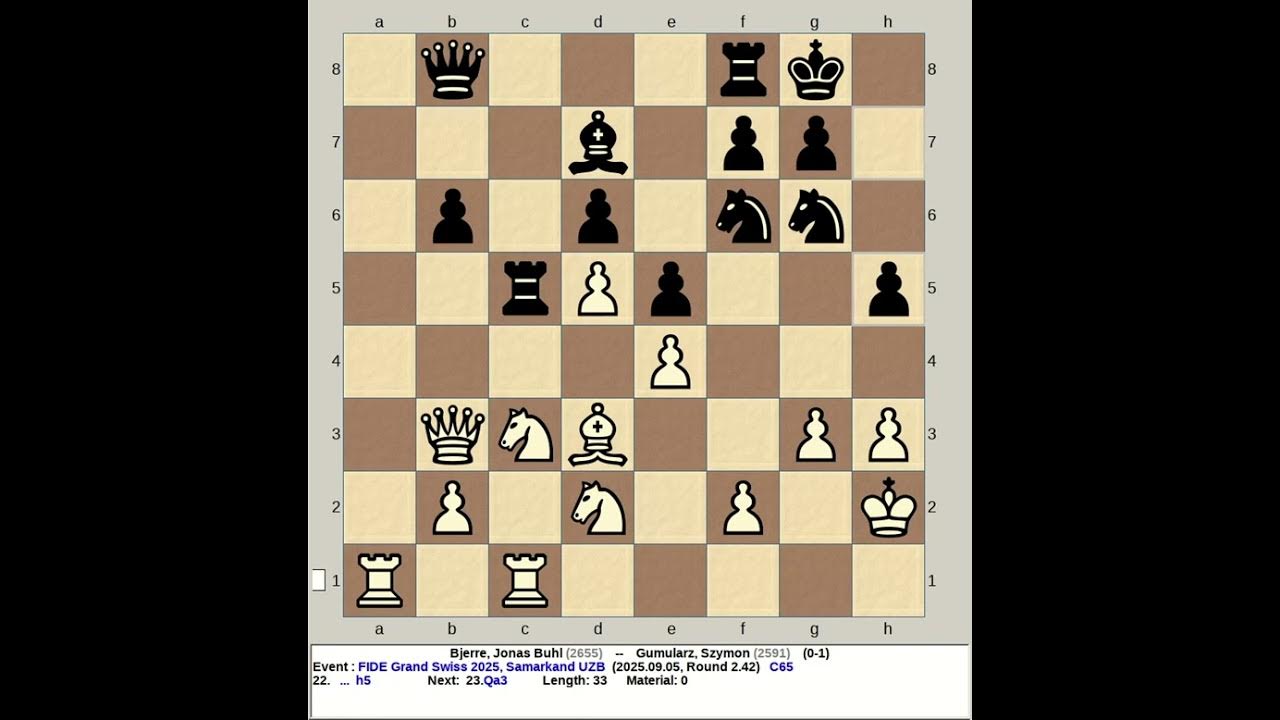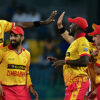
The world of competitive chess is abuzz as the FIDE Grand Swiss and FIDE Women`s Grand Swiss tournaments are officially underway. From September 4th to September 15th, 2025, top-tier grandmasters and rising stars will converge in an intense 11-round Swiss open, vying for one of the most coveted prizes in the chess calendar: a direct qualification spot in the prestigious 2026 Candidates Tournaments.
What is the FIDE Grand Swiss?
Often described as a marathon rather than a sprint, the FIDE Grand Swiss is a premier event in the international chess circuit. Unlike traditional round-robin tournaments, the Swiss system pairs players with similar scores, ensuring competitive matchups throughout. This format guarantees that every round brings fresh challenges and potential upsets, keeping both participants and spectators on the edge of their seats. The sheer number of rounds (eleven, for those keeping count) also tests players` stamina, resilience, and mental fortitude—qualities as crucial as tactical brilliance and strategic depth.
The High Stakes: A Ticket to the Candidates
For many, the Grand Swiss isn`t just another tournament; it`s a critical stepping stone on the path to the World Championship title. A staggering two qualification spots for the 2026 Candidates Tournaments are available in both the open and women`s sections. Winning or placing high enough here means bypassing numerous other qualification hurdles, securing a direct ticket to challenge for the ultimate right to face the reigning World Champion. This makes every single game a potential game-changer, intensifying the pressure from the very first pawn push. The dream of becoming World Champion often begins right here, on these 64 squares.
Navigating the Rules: Time Controls and Tie-Breaks
Competitors in the open section will face a demanding time control: 100 minutes for the first 40 moves, followed by 50 minutes for the next 20 moves, and then a final 15 minutes for the rest of the game. A 30-second increment is added from the very first move, a welcome relief that allows for careful consideration in complex positions. The women`s section features a slightly different, though equally challenging, rhythm: 90 minutes for the first 40 moves, then 30 minutes for the rest of the game, also with a 30-second increment. These stringent controls demand not just accuracy but efficient time management—a skill that separates good players from great ones.
When the dust settles and players inevitably find themselves with identical point totals, the tournament regulations turn to tie-break criteria. The primary method is the Average Rating of Opponents Cut 1 (AROC 1). In layman`s terms, this means that a player`s lowest-rated opponent`s rating is discarded when calculating the average rating of their opponents. It’s a subtle but significant detail that rewards players who consistently face stronger opposition, even if they slip up against a lower-rated adversary. One might even call it a chess-specific form of “quality of schedule” metric, ensuring that simply accumulating points isn`t enough; how you accumulated them against strong opponents matters.
The Schedule: A Marathon of Minds
The tournament schedule is a gruelling test of endurance, with rounds played daily from September 4th until the grand finale on September 15th. A solitary rest day is strategically placed on Wednesday, September 10th, offering a brief respite from the relentless mental combat. For spectators, this means almost two weeks of non-stop, high-stakes chess action. For players, it`s a constant battle against fatigue, where every decision, every calculation, is magnified by the sheer length and intensity of the event.
Why It Matters
The FIDE Grand Swiss is more than just a collection of chess games; it`s a narrative unfolding. It’s where seasoned veterans test their mettle against ambitious prodigies, where dreams are forged or shattered with a single move. The global chess community watches intently, dissecting every game, every strategic nuance, and every tactical blunder. As the tournament progresses, expect thrilling upsets, spectacular victories, and perhaps, the emergence of the next contender for the ultimate crown. Stay tuned for what promises to be an unforgettable display of strategic brilliance and competitive spirit.










